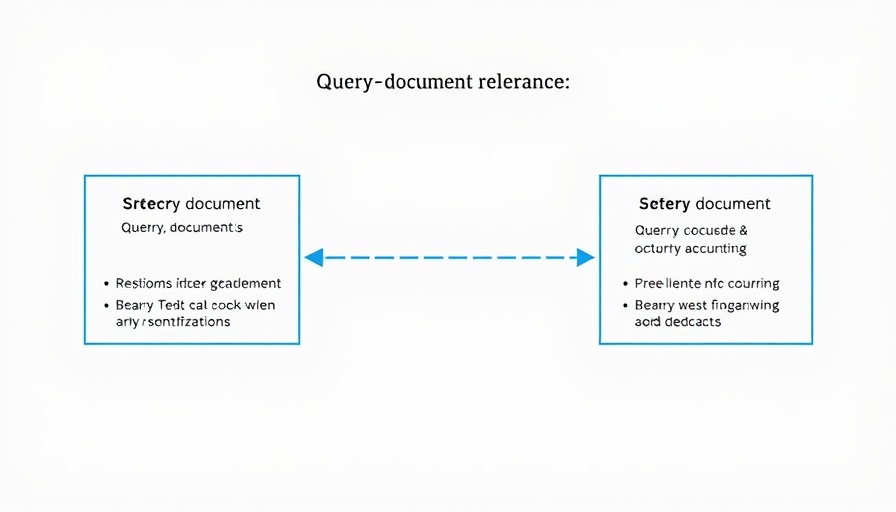
What's the Real Impact of AI on Jobs?
As artificial intelligence (AI) continues to advance, the conversation surrounding its impact on employment is heating up. A recent study highlights the troubling trend that generative AI is significantly affecting entry-level roles much more than senior positions. This transformation is shaping the very foundation of career progression, particularly for young professionals just starting out.
Disproportionate Effects: Entry-Level Jobs at Risk
The research paper titled "Generative AI as Seniority-Biased Technological Change" analyzed data from over 62 million workers across 285,000 U.S. firms between 2015 and 2025. Findings indicate that since early 2023, those in junior roles have faced the brunt of job displacement and alteration due to generative AI. What's more alarming is that this isn't merely an isolated trend; it's a broader shift that's reshaping the job market landscape.
A Closer Look: Why Juniors are More Vulnerable
Junior positions often encompass roles that are more repetitive and routine, making them prime candidates for automation. Entry-level jobs like data entry, administrative support, and even certain customer service roles are increasingly being managed or completely replaced by AI systems. The higher up you go in seniority, the more complex and nuanced tasks become, which require human judgment and experience that AI cannot replicate.
Who is Relatively Safer?
While the trend may seem grim for newcomers in the workforce, seasoned professionals have a different outlook. Experts suggest that those in roles requiring specialization, critical thinking, and interpersonal skills are less likely to feel the impacts of AI in the immediate future. These professionals not only bring more value to their organizations but also possess the adaptability needed to work alongside evolving technologies.
The Path Forward: Actions to Take Today
So, what can aspiring professionals and businesses do to prepare for this seismic shift? Embracing lifelong learning is vital. Graduates should invest in skills that complement technology—such as empathy, creativity, and problem-solving—while also familiarizing themselves with AI tools relevant to their industry. Companies, on the other hand, can foster coaching environments that engage junior employees in skill enhancement and more involved projects to increase their marketability.
Future Predictions: Job Market Evolution
The job market won’t remain static, and understanding the implications of AI is essential for both employers and employees. Predictive analytics point toward a future where collaboration between humans and AI becomes the norm. Learning to harness AI tools rather than fear them can lead to new opportunities, including jobs that have yet to be conceived.
The Value in Knowing This Information
Awareness of how AI is reshaping the job landscape can empower both job seekers and employers. It offers insight into hiring trends, skills that are valuable, and how to structure career paths. For leaders in small to medium-sized businesses, understanding these shifts can guide strategic decisions regarding training programs and workforce development.
Common Misconceptions About AI's Role in Employment
A prevalent misconception is that AI will completely replace human workers. In reality, the objective of AI is to enhance human capabilities and streamline operations. This narrative shift is critical for addressing fears and promoting a collaborative view of the future professional landscape.
Call to Action: Prepare for the Future of Work
As AI continues to evolve, staying informed and proactive is crucial to thrive in this new era. Whether you're a recent graduate or a business looking to harness talent, take the time to invest in learning and development strategies. Prepare your teams for the future with insights and education that bridge the gap between technology and human potential.
 Add Row
Add Row  Add
Add 



Write A Comment